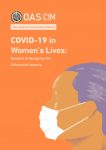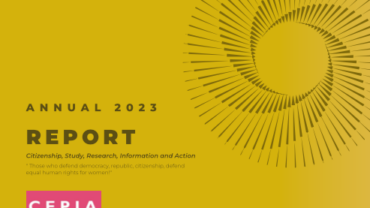

As the number of people with COVID-19 in Africa continue to rise, and governments imposes strict lockdown measures including states of emergencies, it has become increasingly apparent that similar to other parts of the world, women are most likely to bear the brunt end of the virus. This is despite the fact that, even though the disease does not discriminate, the measures States have put in place to respond are often discriminatory, both in the way they are developed, formulated implemented and measured. The majority of government response plans that are currently been rolled out have little to no inclusion of a gender lens. This information sheet is to provide guidance on possible actions that could be taken to reduce the risk of women and girls being left behind as a result of the novel coronavirus (COVID-19) pandemic, minimise the impact of measures on women, recognise the critical role of women in response and prevention efforts1, and ensure gender analysis informs government actions and responses. This information sheet also outlines States human rights obligations in addressing the impact of COVID-19 at the national level.



